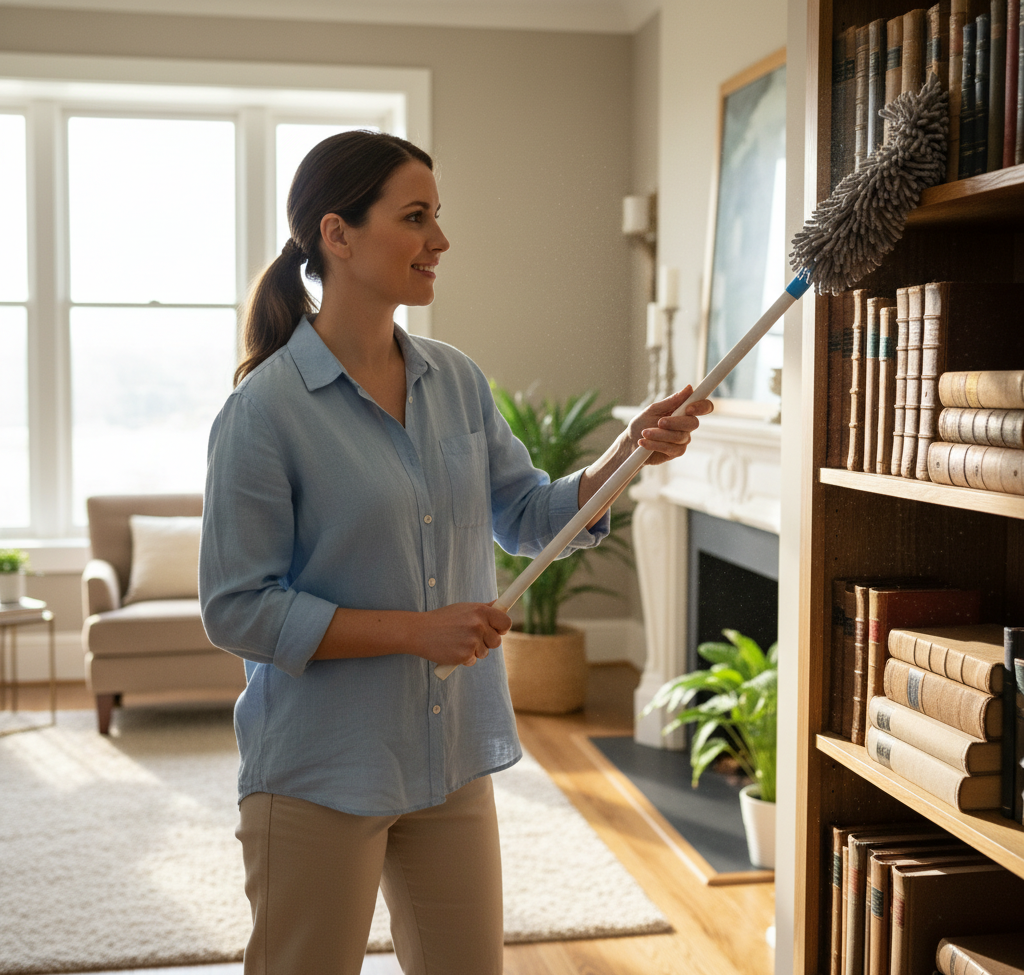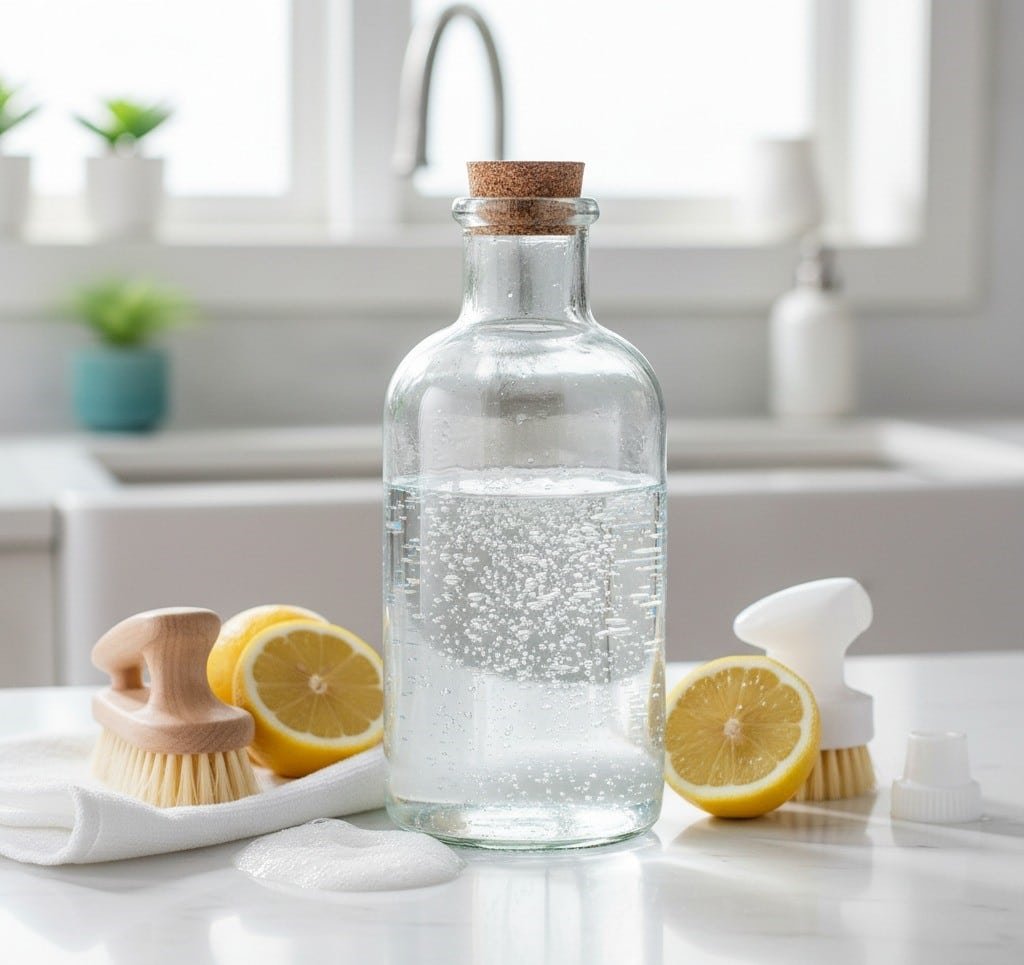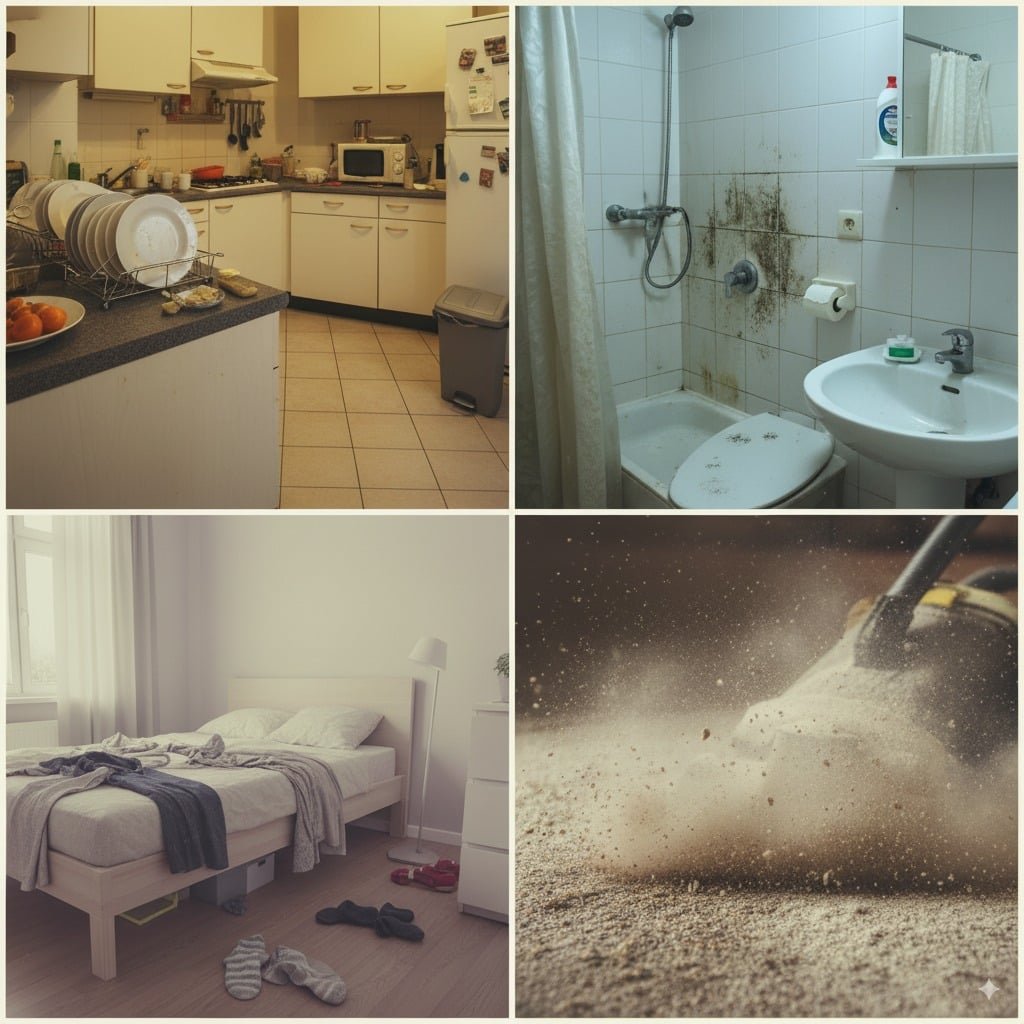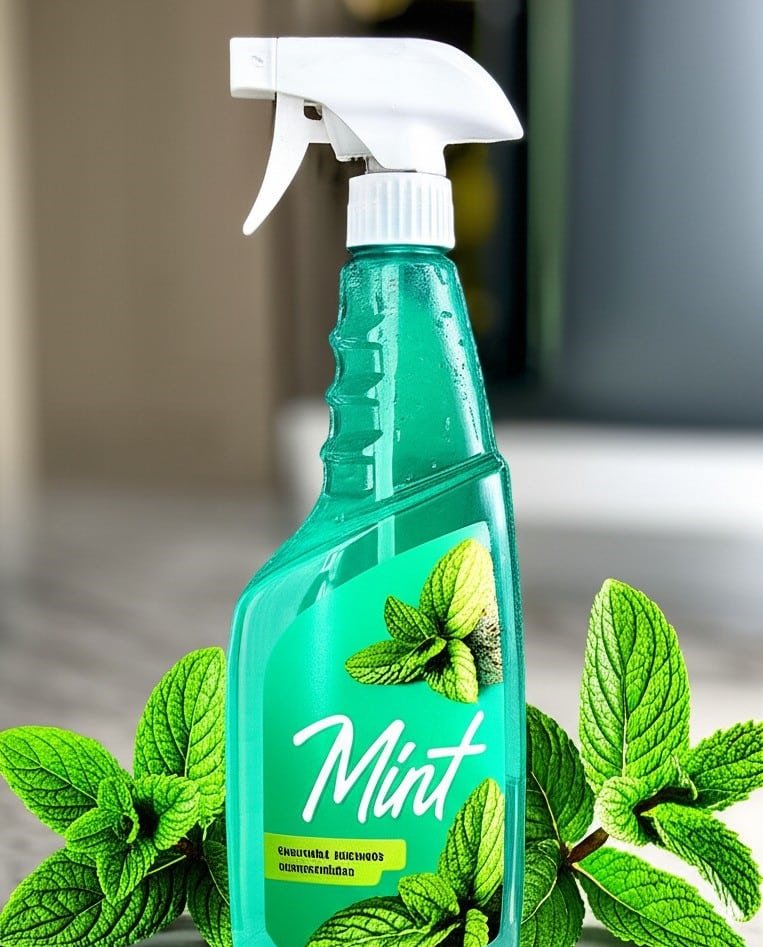5 Mistakes You Need To Stop Making When Using The Duster
Dust is an unavoidable reality of any indoor space. It is a complex and ever-changing collection of microscopic particles, including dead skin cells, fabric fibers from clothing and furniture, pollen, pet dander, soil particles brought in from outside, and even microscopic meteorite debris. This combination of organic and inorganic matter settles on every horizontal surface, creating a fine gray layer that dulls the appearance of a home and can have a significant impact on indoor air quality. For individuals with allergies, asthma, or other respiratory conditions, dust is not just an aesthetic issue; it is a health concern, as it can harbor dust mites and other allergens that trigger symptoms. Duster The primary tool in the constant battle against this accumulation is the duster. In its simplest form, a duster is any implement designed to remove dust from surfaces. However, the evolution of this humble tool reveals a deeper understanding of what dust is and how it behaves. The goal of effective dusting is not simply to move dust from one surface to another, a common failing of older methods, but to capture and remove it from the environment entirely. The most iconic and traditional image of a duster is the feather duster. Typically made from ostrich, turkey, or chicken feathers attached to a handle, these tools have been used for centuries. Their appeal lies in their softness and ability to get into nooks and crannies of delicate objects. However, the feather duster is fundamentally flawed in its design when it comes to modern standards of cleanliness. The feathers are not particularly effective at trapping dust. Instead, their primary action is to dislodge dust particles, sending them airborne only to settle elsewhere minutes or hours later. While a high-quality ostrich feather duster can perform slightly better due to the fine, interlocking barbules on the feathers creating a minor static charge, it still largely functions by displacing, rather than capturing, dust. For a truly clean environment, the feather duster is more of a decorative antique than a functional tool. A significant step up from the feather duster is the lambswool duster. Made from genuine sheep’s wool, these dusters leverage the natural properties of the fiber. Lambswool contains lanolin, a natural oil that, combined with the static charge generated by the wool fibers, actively attracts and holds onto dust particles. Unlike feathers that merely push dust away, a lambswool duster actually lifts and collects it. The dense, soft fibers are excellent for general dusting on a variety of surfaces and are gentle enough for most furniture. They are particularly effective for dusting large, flat surfaces like tables and shelves. Microfiber The true revolution in dusting technology, however, came with the invention of microfiber. Microfiber is a synthetic material, typically a blend of polyester and polyamide (nylon), that is composed of fibers split into incredibly fine strands. These strands are many times smaller than a human hair, creating a vast surface area within a single cloth or duster head. This structure is what gives microfiber its almost magical cleaning ability. The split fibers create a net-like surface that physically traps dust, dirt, and even bacteria. Furthermore, when used dry, the fibers generate a positive static charge that attracts and holds onto negatively charged dust particles. Microfiber does not require chemical sprays to be effective; it works through its physical and electrostatic properties. It is the pinnacle of dust capture and removal. Microfiber dusters come in a wide array of shapes and sizes, each designed for a specific purpose, making them the most versatile option available. Handheld Microfiber Dusters: These are the workhorses for everyday dusting. With a fluffy head of microfiber strands, they are perfect for cleaning furniture, electronics, picture frames, and general household surfaces. Many have a flexible head that can be bent to clean the tops of ceiling fan blades or the tops of tall bookcases. Extendable Microfiber Dusters: For high and hard-to-reach places, an extendable duster is indispensable. With a telescoping pole that can reach ceilings, light fixtures, high corners, and the tops of cabinets, these tools eliminate the need for a stepladder in most situations. They prevent the neck and shoulder strain associated with trying to reach overhead and ensure that no part of the room is neglected. Slim or Flat Microfiber Dusters: Designed with a long, thin profile, these dusters are made to slide into tight spaces where other tools can’t go. They are perfect for cleaning underneath appliances like the refrigerator and oven, between cabinets, and alongside the washing machine and dryer—areas where thick layers of dust and lint can accumulate unseen. Microfiber Cloths: While not a “duster” in the traditional sense, a simple, high-quality microfiber cloth is one of the most effective tools for detailed dusting. Used dry, it picks up dust from delicate surfaces. Lightly dampened with water, it can remove smudges and more stubborn grime without leaving streaks. Disposable Duster Another category in the modern dusting arsenal is the disposable duster. These tools typically consist of a reusable handle and disposable heads made from fluffy synthetic fibers designed to trap dust via static electricity. Their primary advantage is convenience. After use, the dirty head is simply thrown away, eliminating the need for cleaning the tool itself. While effective for light, regular dusting, they are less environmentally friendly and can become more expensive over the long term compared to a washable microfiber duster. The technique used for dusting is just as important as the tool itself. Without proper methodology, even the best microfiber duster can be ineffective. The single most important principle of cleaning any room is to work from top to bottom. Gravity dictates that any dust dislodged from a high surface will fall downward. Therefore, dusting should always be the first step in cleaning a room, before wiping down lower surfaces or vacuuming the floor. Start with the highest points: ceiling corners, light fixtures, and the tops of ceiling fans. An extendable duster is essential for this. Next, move to the tops of tall furniture
5 Mistakes You Need To Stop Making When Using The Duster Read More »









